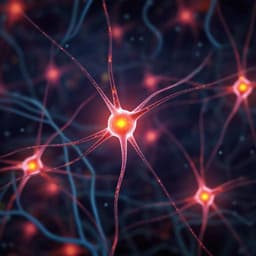
Medicine and Health
Brain charts for the human lifespan
A. 1 and A. 2
This groundbreaking research conducted by Author 1 and Author 2 introduces 'brain charts,' an interactive open-access resource utilizing MRI data to benchmark brain morphology throughout the human lifespan. By analyzing 123,984 MRI scans, the study reveals new neurodevelopmental milestones and insights into brain variation across various neurological and psychiatric disorders.
Playback language: English
Related Publications
Explore these studies to deepen your understanding of the subject.







